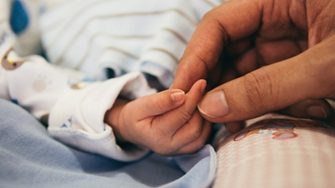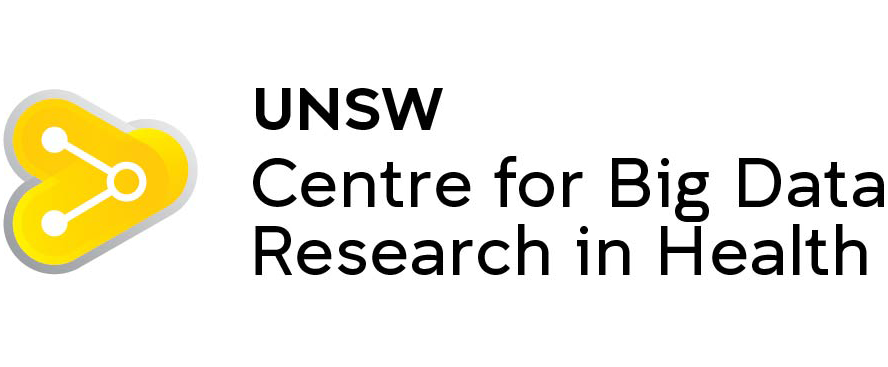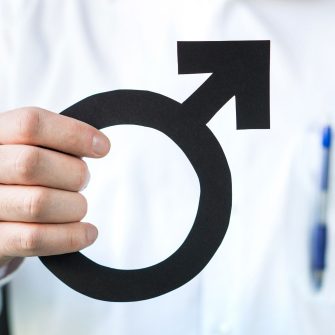
Big data to improve reproduction and fertility outcomes
The National Perinatal Epidemiology & Statistics Unit (NPESU) is a joint unit of the Centre for Big Data Research in Health (CBDRH) and the UNSW School of Clinical Medicine.
The NPESU is considered a leading international research group in infertility and assisted reproductive technologies (ARTs). We apply our areas of methodological expertise in epidemiology, biostatistics and health economics to a variety of data sources including clinical trials, cohorts, large-scale population cohorts and linked administrative datasets.





